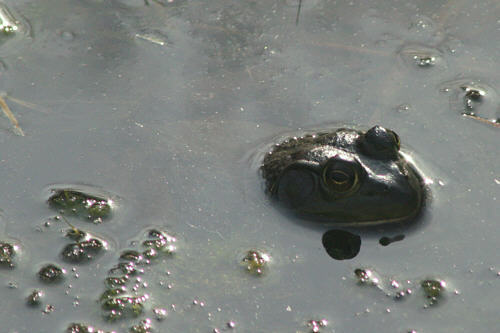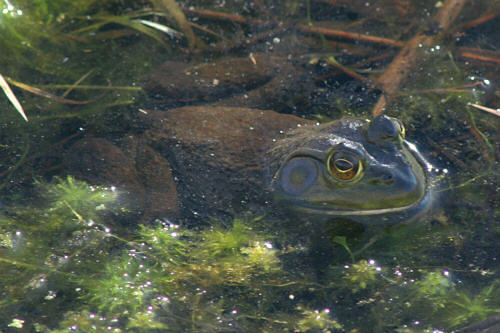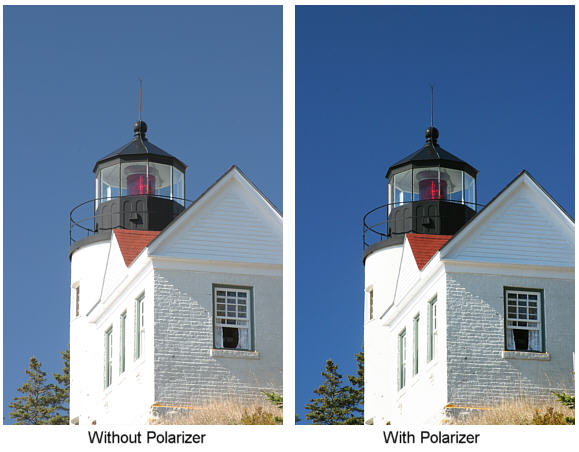
|
Polarizing FiltersBack in the days of film, the well equipped photographer had a shoebox full of filters. Filters to warm the image, filters to cool the image, filters for shooting daylight film under tungsten light, filters for shooting tungsten film in daylight, filters for shooting under fluorescent lights - and that's just for color. The B&W photographer also had red, orange, yellow, green and blue filters for tonal adjustment. Digital has pretty much removed the need for all these filters. The image captured by the red, green and blue pixels of the digital sensor can be processed to emulate the effects of all these color related filters. All you need to do today is call up the requisite white balance setting, or play with the color adjustments and channel mixer in Photoshop. So are filters obsolete in the digital world? No. There are a few filters that can't be simulated digitally, or at the very least are difficult and time consuming to emulate. At the head of that group are polarizers. Polarizing filtersThere's no way to duplicate the effect of a polarizing filter digitally. Digital sensors don't record any information on the polarization of light which falls on them. This isn't the place to go into a detailed explanation of polarization, but you can think of polarized light as light which vibrates in one direction (say up and down or left and right) rather than equally in all directions. A polarizer then lets light through which is vibrating in one particular orientation (say up/down) while rejecting light vibrating in other directions (say left/right). That's the 10 cent explanation. The 5 dollar version will be the subject of a future article! Natural light has no particular direction of vibration - it's composed of equal amounts of all possible orientations - but when light is reflected from a partially reflecting surface, say a pane of glass or the surface of a pond, light vibrating in one direction can be reflected more than light vibrating in other directions, i.e. the reflected light is polarized. If we use a polarizing filter we can remove that polarized light and so "block out" the reflected light. Here's a graphic example of that process. The image is of a frog just under the surface of a pond. In the first (upper) image no polarizer was used. The surface of the water acts as a partial reflector for the sky and so appears bright. This dominates the exposure and the head of the frog is dark.
As mentioned earlier, reflections from a partially reflecting surface are polarized. In the second shot (below) this reflected, polarized, light has been filtered out using a polarizer. The polarizer is adjusted (rotated) until the reflections seen though the lens are at a minimum. The "glare" from the surface of the water has been eliminated and you can see through the water. Quite a difference!
There's no way any amount of Photoshop manipulation of the first image will give you the second. Polarizers can also increase the contrast/saturation of colors by eliminating polarized light which is reflected from, for example, foliage and leaves (especially if they are wet). They can also darken the sky in some regions (most strongly at 90 degrees from the sun), since scattered sunlight can also be polarized.
So a polarizer would be my #1 entry on a list of useful filters for digital cameras. What size, which type, which brand
Polarizers come in two "flavors", linear and circular. They are equally effective and give exactly the same results. The difference is that all autofocus SLRs and DSLRs that I know of require the use of a circular polatizer. This is because the reflex mirror is partly reflecting, and as mentioned earlier, partially reflecting surfaces can polarize light. A circular polarizer negates this effect and so avoids small metering (and possibly AF) errors that could othewise occur. Most manual focus SLRs can use cheaper linear polarizers sinc ethey have 100% reflective reflex mirrors - though the more expensive circular polarizers would work just as well. Most consumer "digicams" also work fine with linear polarizers, However it's always safe to chose a circular polarizer for any camera. Lenses come with all sorts of filter sizes and it would be expensive to buy, and inconvenient to carry, a polarizer for each lens. What I do is carry two sizes, a 77mm and a 58mm. The 58mm fits directly on many of my Canon lenses or via an adapter on 55mm or 52mm lenses, while the 77mm fits most of the rest either directly or via step down adapters for lenses with 72, 67 and 62mm filter threads. Polarizers are quite tricky to make with good optical quality, so I'd stick with well known brands with good reputations. That means Hoya and Tiffen on the lower price end, with maybe B+W, Heliopan at the high end of the price range. Personally I have one Hoya and one Tiffen polarizer. They work equally well and both are optically good. Here are a couple of good buys from Amazon.com if you're looking for an inexpensive, but still good quality, circular polarizer:
• Tiffen 58mm circular polarizer - $29.95
If you need apapter rings for other size lenses, here are a few:
• To mount 77mm filters on a 62mm lens - $6.95 Related Articles• This link will take you to an article on UV filters
© Copyright Bob Atkins All Rights Reserved |
|


